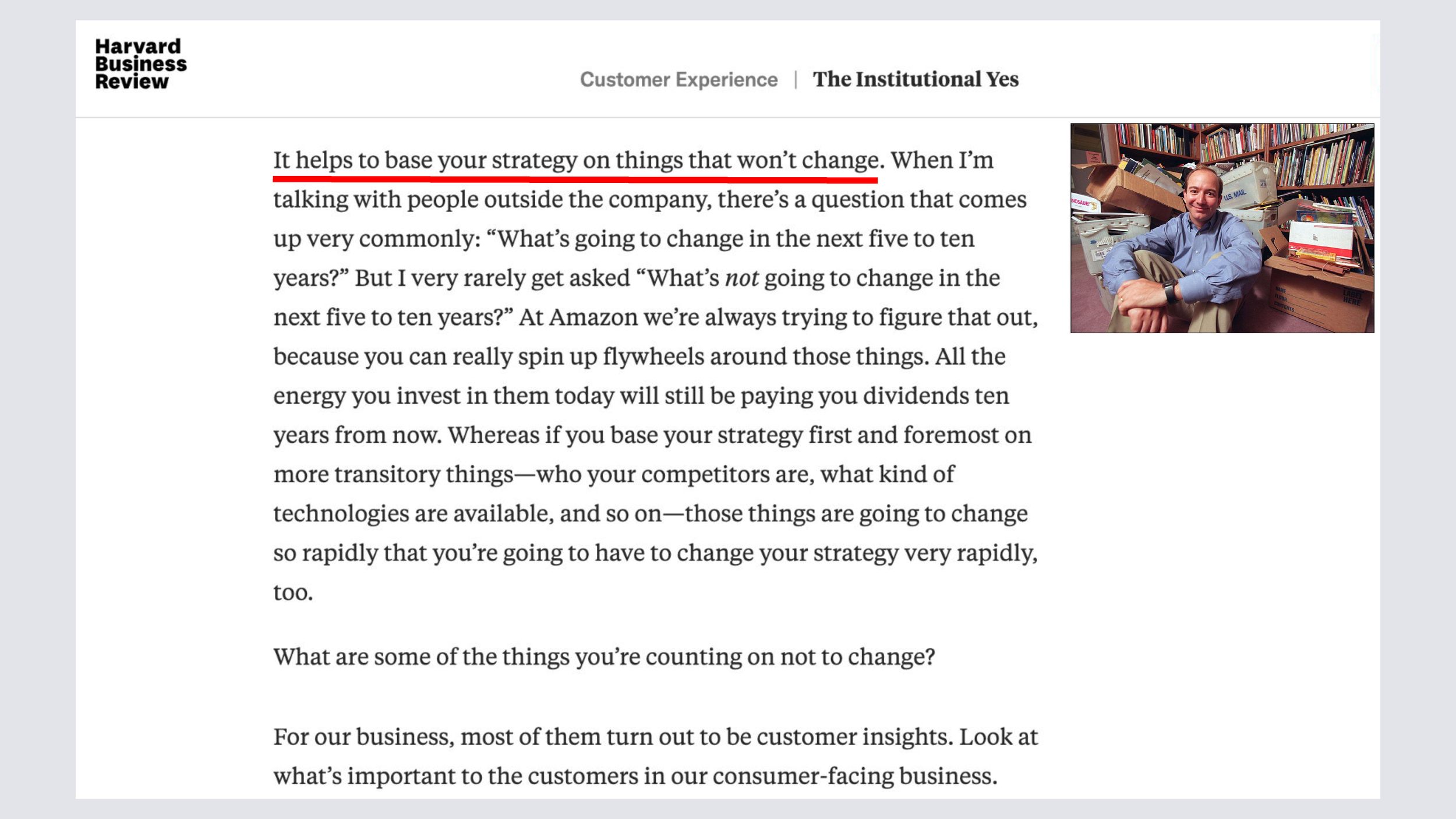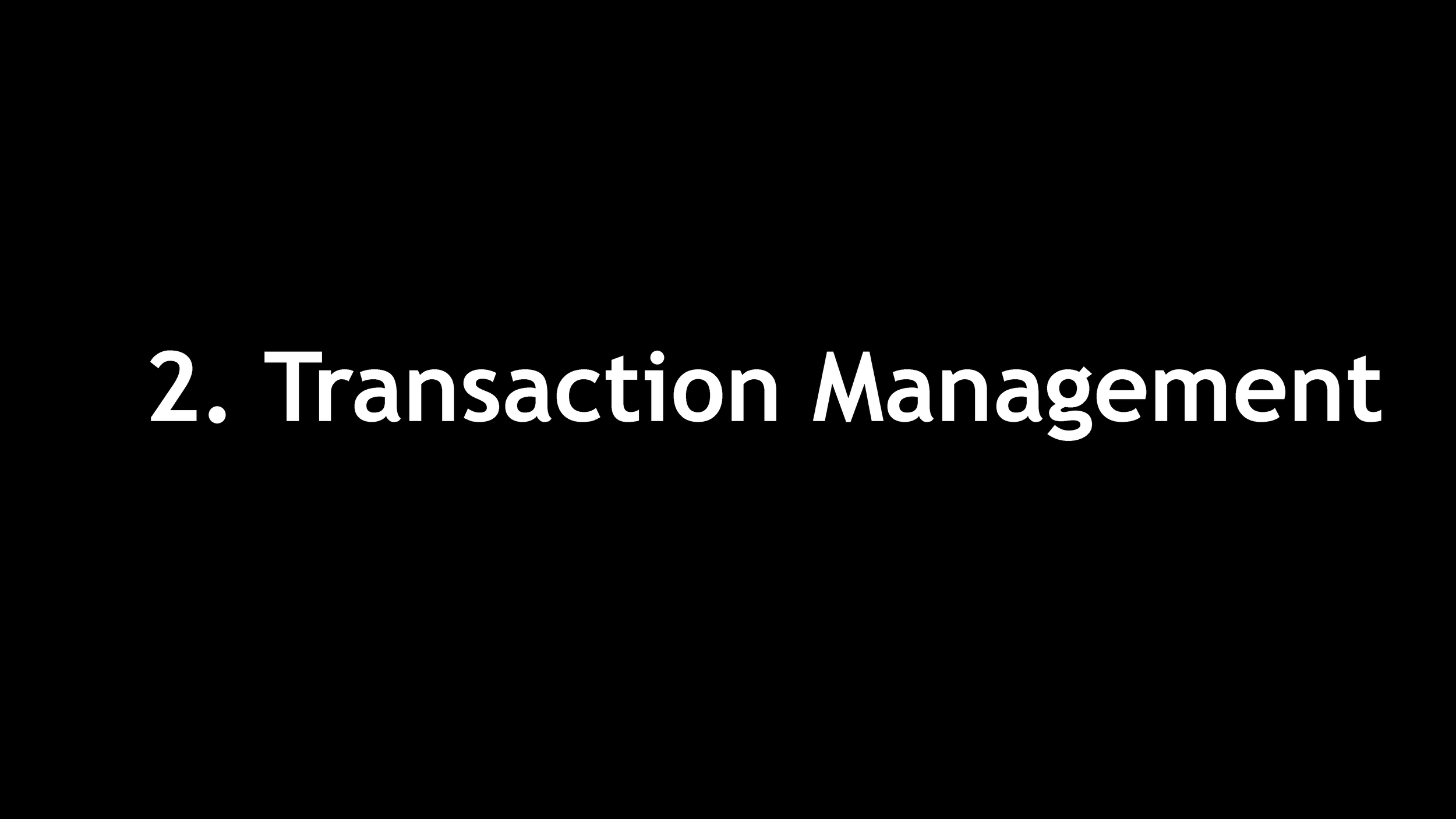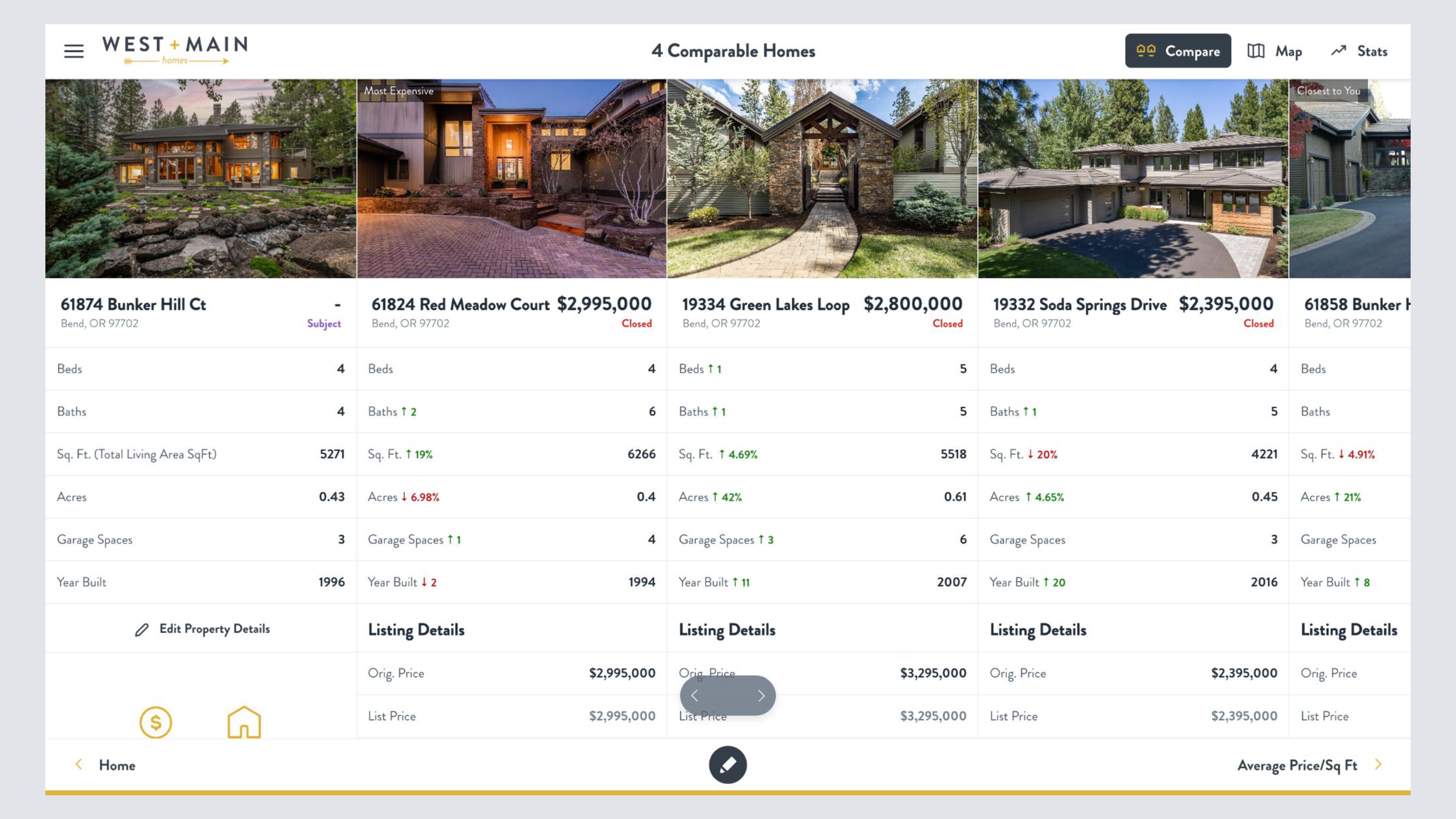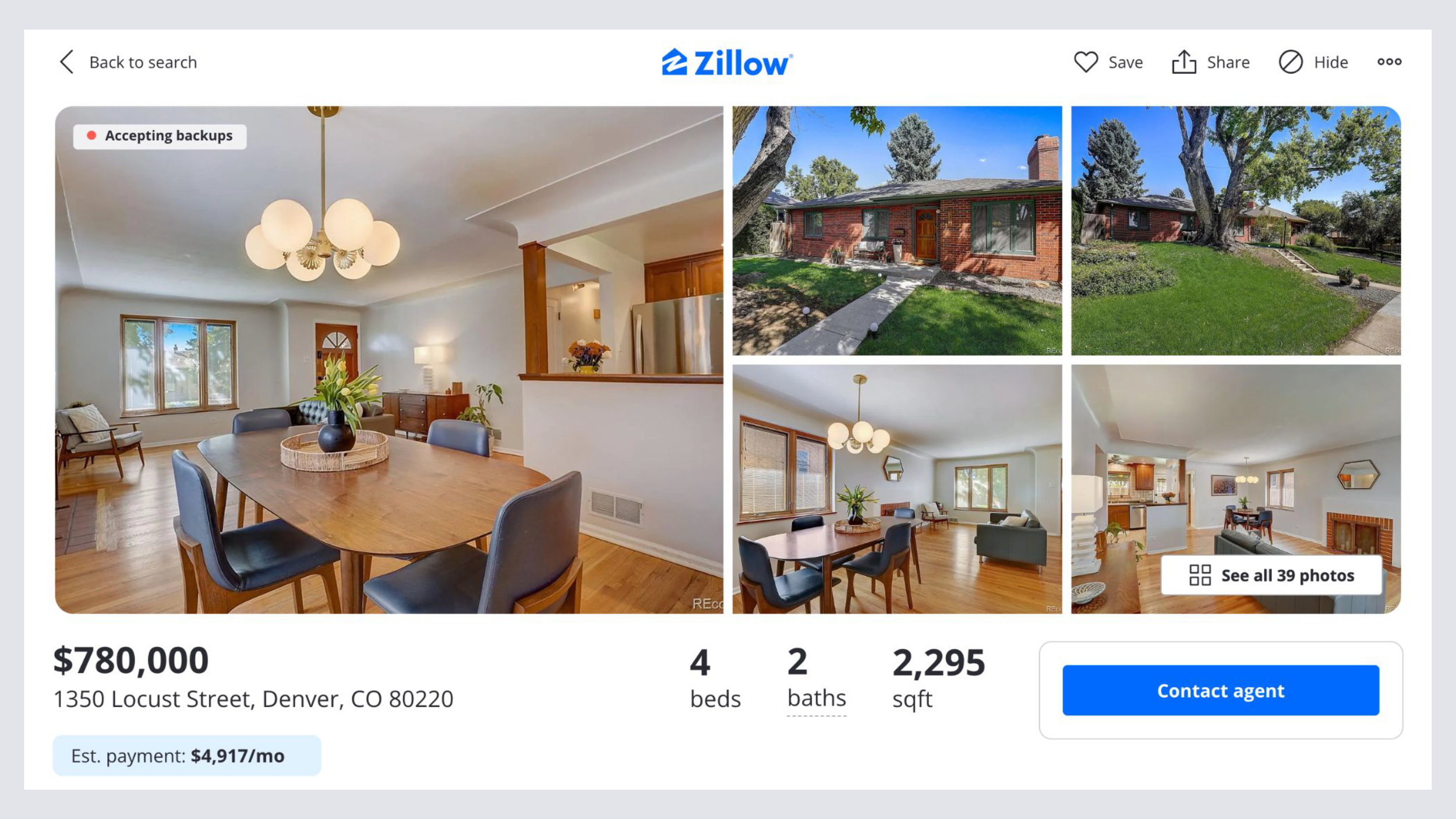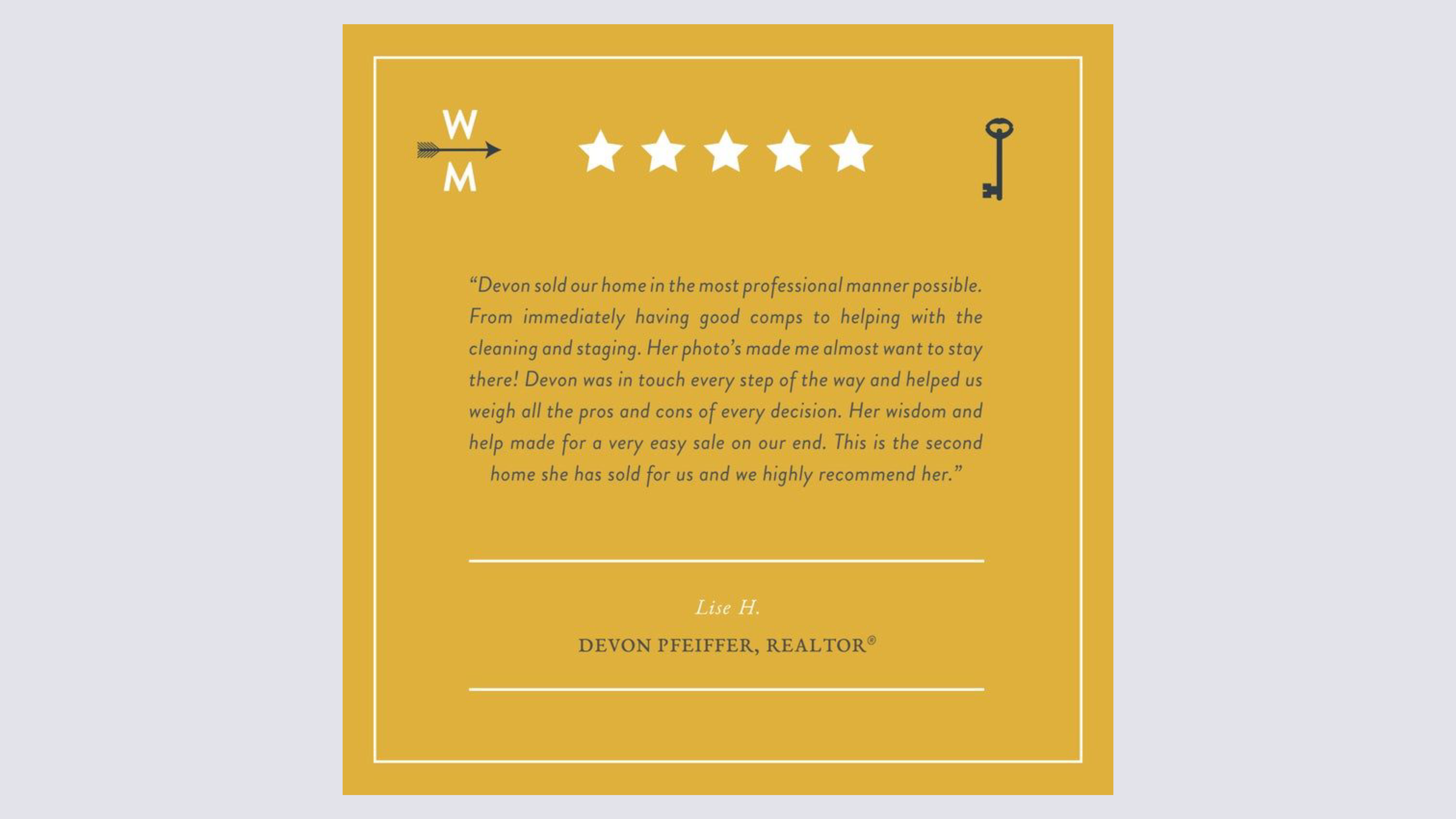Effective January 1, 2021, the Colorado Real Estate Commission approved an updated Post-Closing Occupancy Agreement form for use by Colorado licensees.
While spring weather may result in added housing inventory on the market in Colorado, the higher interest rates and other factors may still require buyers and sellers to enter into an arrangement to rent-back a property to the sellers while they are making arrangements to move, execute a longer-term lease, or close on a new property. Whatever the circumstances may be, a Post-Closing Occupancy Agreement is an important tool in every licensee’s toolbox, should the need arise.
A Post-Closing Occupancy Agreement (the “Form”) is available for use for up to sixty (60) days following closing. There are a variety of reasons for this, but the primary reason is that lenders may interpret a term longer than 60 days to indicate that the property is not owner-occupied and, might constitute a breach of any lending agreements or deeds of trust. Licensees should know that if seller possession will last longer than sixty (60) days, a document should be prepared by an attorney licensed to practice law in the State of Colorado.
Essentially, the Form clarifies the responsibilities of the buyer (the temporary landlord) and the seller (the temporary tenant). Accordingly, it addresses a variety of topics: maintenance, damage taking place after closing, access to the property by the buyer, and the amount of rent, to identify a few.
Recently, the Division has received several questions about the Form and how the parties should address both security deposits and rent payable to the buyer, particularly considering recent legislative changes. Those licensees who have already taken the 2024 Annual Commission Update are aware of the numerous changes to landlord/tenant law in Colorado. Compliance with these changes is required in the event of a post-closing occupancy arrangement.
The Form sets forth which party is responsible for maintenance in Paragraph 4. The buyer is responsible for “the heating and cooling systems, including ventilation and ducts, plumbing, electrical wiring, roof and structural components of the Property and all appliances in the Property owned by Buyer and the lawn sprinkler system”. The seller is responsible for maintaining other items previously maintained by the seller including landscaping, snow removal and lawn care.
In a post-occupancy agreement, rent is payable to the buyer in advance and the total rent amount shall be identified in Paragraph 8 of the Form. For a variety of legal reasons, the rent amount should be greater than zero dollars. Whether the parties agree to prorate rent in the event that the seller vacates the property before the end of the term is subject to negotiation between the parties and the parties’ decision should be reflected by checking the appropriate box in Paragraph 8.
Licensees familiar with landlord/tenant issues will be familiar with the term holdover tenant. A holdover tenant is a tenant that does not vacate the premises by the end of the term. This same situation can occur in post-closing occupancy agreements. Therefore, Paragraph 10 of the Form clarifies that a holdover tenant/seller can be subject to eviction and liable to the buyer for a per diem charge until possession of the property is delivered to the buyer.
Both Paragraphs 11 and 12 require the parties to agree about which party is responsible for utilities like water, sewer, gas, and electric. Licensees should discuss with their consumers the possible risks related to utilities and should advise them to arrange for timely meter readings, payment, and transfer of utilities between the parties in accordance with their agreement.
Importantly, Paragraph 15 of the Form identifies that a security deposit is also required. To protect the interests of the buyer, the security deposit should be a reasonable amount of money to protect their interests from both intentional and unintentional damage by the seller. Ideally, deductions from the security deposit are not needed, but in any case, the buyer is required to disburse the balance of the security deposit within thirty (30) days after the end of the occupancy term.
These agreements can be negotiated between the buyers and sellers at any time before closing, but it is important to think about the myriad of moving parts in a closing. As the parties move closer to closing, the willingness for the buyer to extend seller’s possession may wane. Therefore, if you are representing the buyer, discuss the possibility with your buyer early and often.









